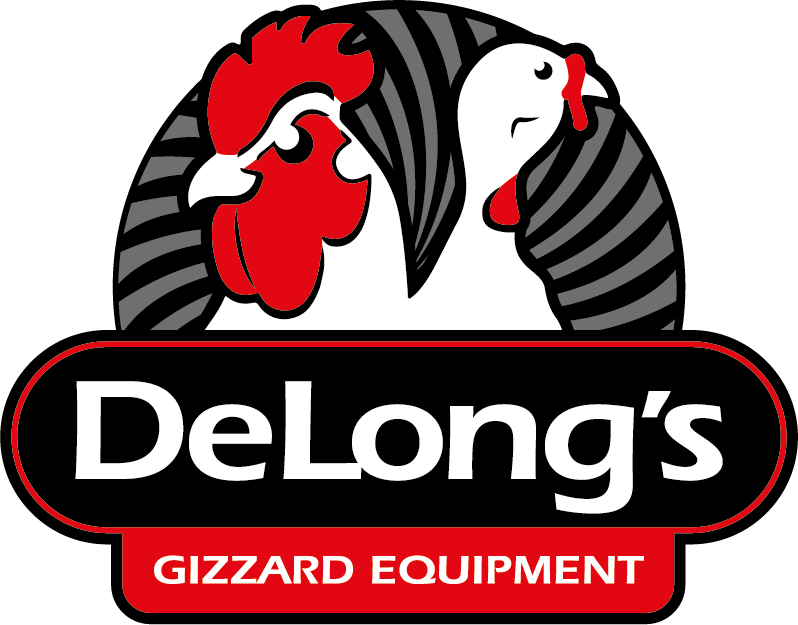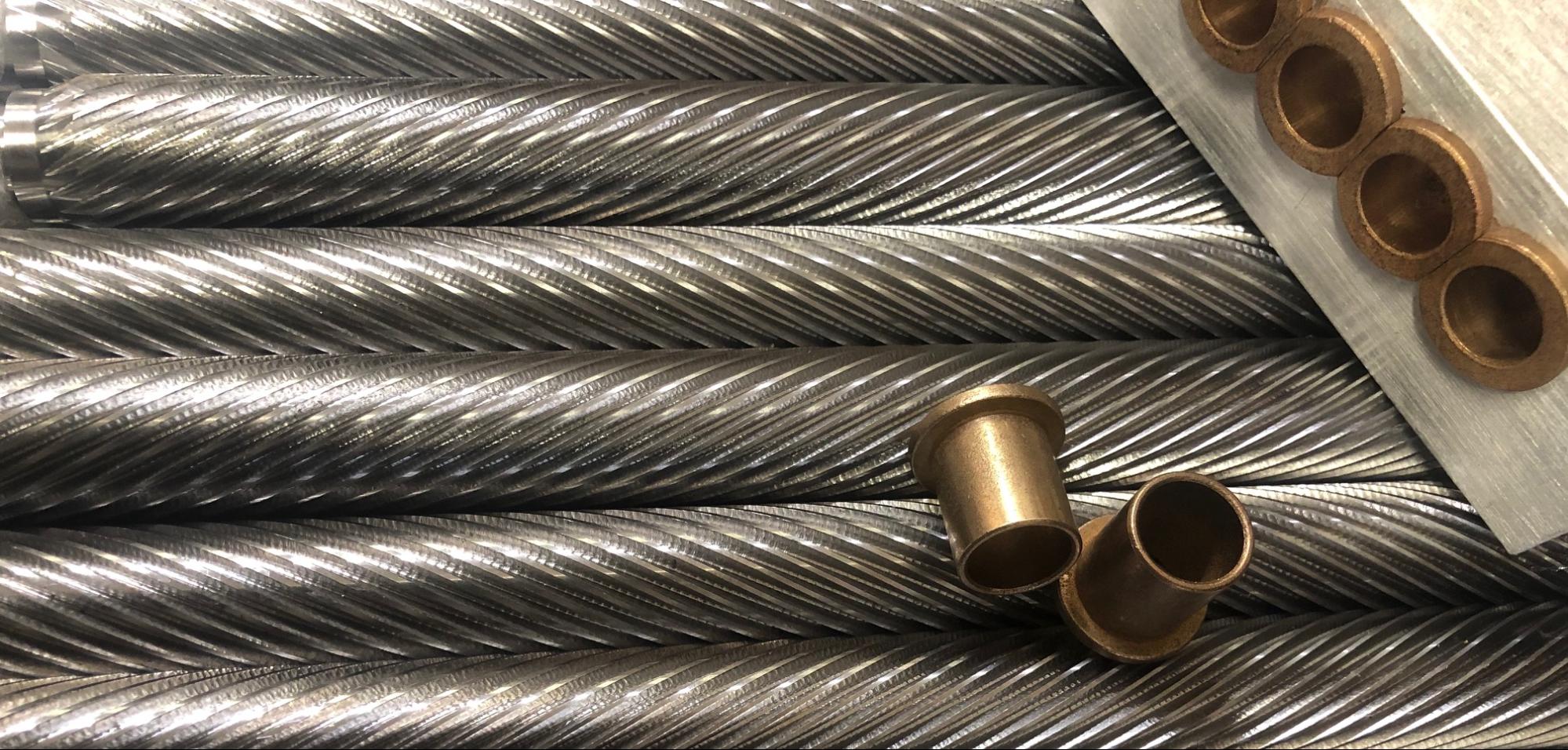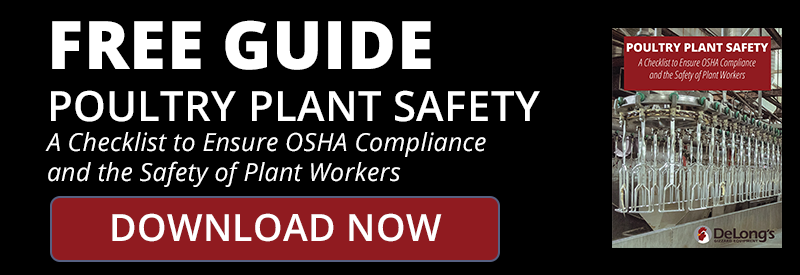
06 Mar 10 Steps to ensuring poultry plant safety
Poultry processing plants are where the magic happens. It is in this facility that poultry is slaughtered, packaged, and prepared for sale in a variety of different ways. Poultry plants can sell whole birds, provide processing for parts such as thighs and wings, and much more.
As with all modern, automated plants and factories, there are safety guidelines that ensure the protection of the location’s employees but also protects the poultry from factors that would make the meat unsafe for consumption. Preventing hazards in the workplace is key to the successful processing of poultry.
General Safety And Health Concerns
There are many safety and health hazards in the poultry processing industry that need to be addressed. From the loud noises that fill the plant, to exposure to hazardous chemicals, it’s no wonder that safety has become a top priority in the industry. Here’s a look at a few of the health and safety concerns commonly associated with poultry plants:
Modern Processing Equipment has, in the past, led to workers getting hands, arms, clothing, and hair caught in the machinery.
Slippery Floors can lead to employees falling, creating many different health concerns.
Sharp Knives and Scissors can lead to punctures and lacerations that require medical attention.
High Noise Levels can lead to hearing loss.
Exposure to Biological Hazards and disease can occur when handling live birds.
Musculoskeletal Disorders such as Carpal Tunnel and other, similar repetitive stress injuries have become prominent in the industry.
10 Hazard Control Measures To Ensure Poultry Plant Safety
Now that we have highlighted some of the common workplace related safety and health concerns associated with the poultry processing industry, it’s important to have a plan in place to cut down on the number of work related issues and accidents that occur within the industry. Here’s a look at 10 steps you can take to ensure the safety of your employees and the poultry. Many of these are OSHA requirements already:
1. Safety Guards: Ensure that all your modern processing equipment has proper safety guards on motor drives and sprocket wheels. This prevents workers from getting their clothes or body parts from being caught in the mechanisms. Furthermore, this step will help prevent broken bones, lacerations, and even death.
2. Implement Maintenance Safety: There are times when the accidental startup of machinery during maintenance can lead to injury. By implementing design and maintenance of electrical systems, these accidents can be reduced and eliminated. (This is an OSHA standard)
3. Grit & Painted Floors: By painting floors and adding traction, you can keep down on the number of employees slipping, falling, and needing to seek medical attention as a result.
4. Protective Gloves: By providing works with protective gloves to cover their non-cutting hand, accidental cuts can be reduced.
5. Knife Sharpening Programs: By introducing a knife sharpening program to your plant, workers can improve their skill and control over knives in a safer setting.
6. Noise Controls: By placing noise controls on machinery or providing employees with ear gear, you can drastically decrease employee exposure to potentially damaging noise.
7. Improve Sanitation and Ventilation: By adopting proper cleaning and ventilation protocols, workers can be protected from biological hazards that could cause salmonella and other diseases.
8. Encourage and Utilize Early Report of Injuries: Accurate and comprehensive injury reporting by workers and employees can lead to the early detection and resolution of musculoskeletal disorders caused by repetition, forceful exertion, awkward posture, and cold temperatures.
9. Provide Personal Protective Equipment: by providing properly fitted and up-to-par personal protective equipment, you will protect your employees from danger.
10. Follow OSHA Safety Requirements: Many of these steps are required by OSHA standards and the poultry processing industry. For a detailed list of all OSHA Poultry Standards, click here.



